ACER webinar: monitoring barriers to electricity demand response
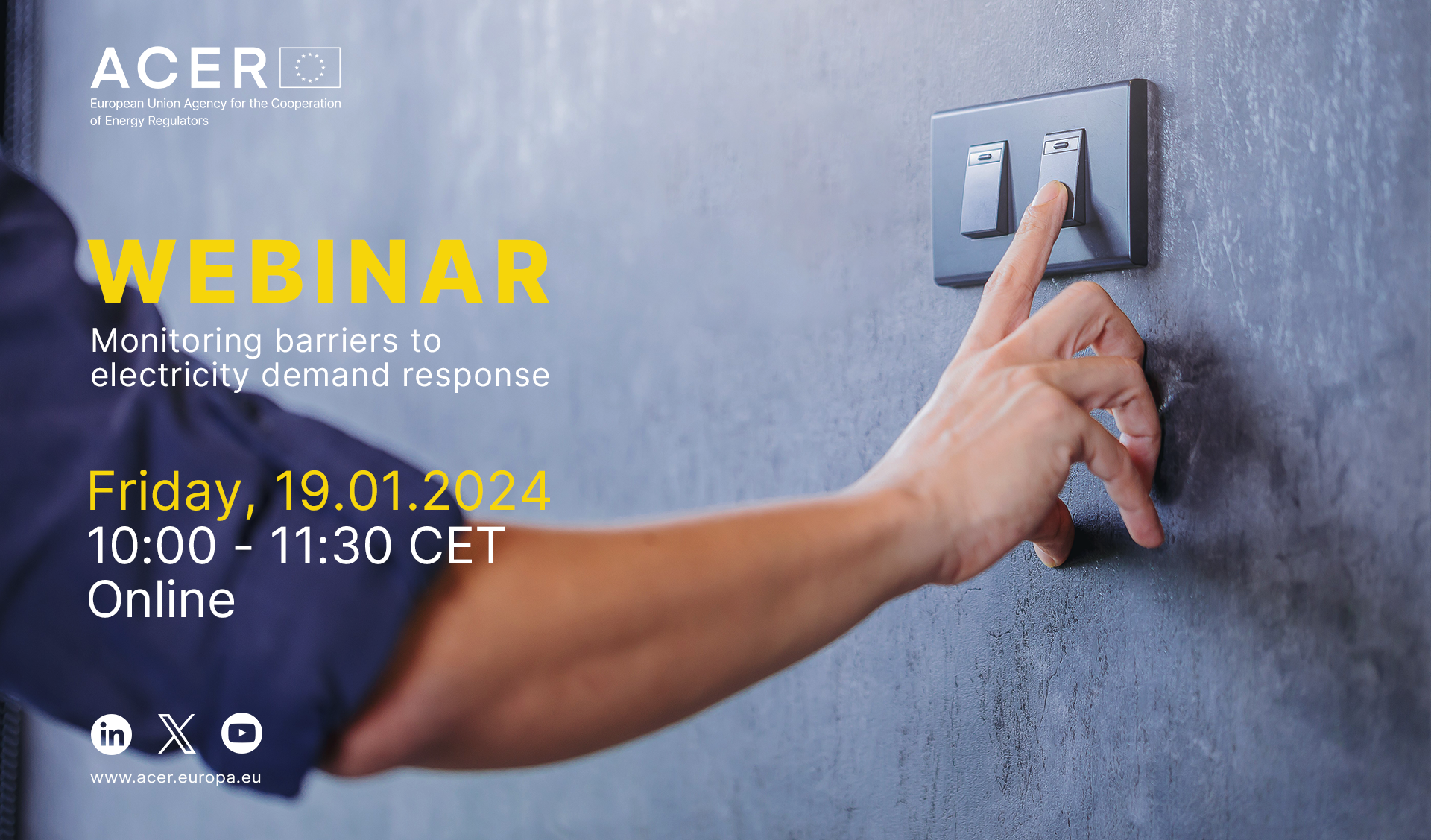


The Regulation on Wholesale Energy Market Integrity and Transparency (REMIT) provides an EU framework for ensuring the transparency and integrity of energy markets and deters market participants from manipulating the market. It has also an important role in protecting the interests of companies and consumers and ensuring trust in energy markets.
The REMIT Quarterly is ACER’s main channel of communication with stakeholders on REMIT-related matters. It provides updates on quarterly basis.
This 34th edition releases the programme of the 7th ACER REMIT Forum (5 December, online) and provides insights into the following topics:
Access the 34th issue of REMIT Quarterly.
Access all issues of REMIT Quarterly.

Today, ACER releases its report on the progress of EU electricity wholesale market integration, which is part of the 2023 Market Monitoring Report series.
The report evaluates the functioning of the EU’s internal electricity market in 2022, with a focus on the performance of the forward and balancing markets. The report also assesses whether the electricity markets were contributing to the delivery of clean, affordable, and reliable energy and therefore effectively pushing towards the decarbonisation targets set by the European Green Deal.
In 2022, electricity markets saw significant price spikes, mainly due to the Russian invasion of Ukraine. In its analysis, the report underscores how market integration is essential to reinforce the electricity wholesale markets’ resilience.
Reinforcing the cross-border interconnector capacity between Member States allows to advance the integration of the European electricity wholesale market. This offers several benefits, such as:
The report analyses the status of the electricity wholesale market integration in 2022, taking into account the exceptional circumstances caused by the energy crisis:
ACER and the NRAs are exploring developments in the European forward electricity markets, continuing the debate which started in February 2023 (with the publication of ACER Policy Paper on the further development of the EU electricity forward market).
On 7 November 2023, ACER will organise a webinar to present its report and discuss with stakeholders. Register here.
Access the Progress of EU electricity wholesale market integration report.
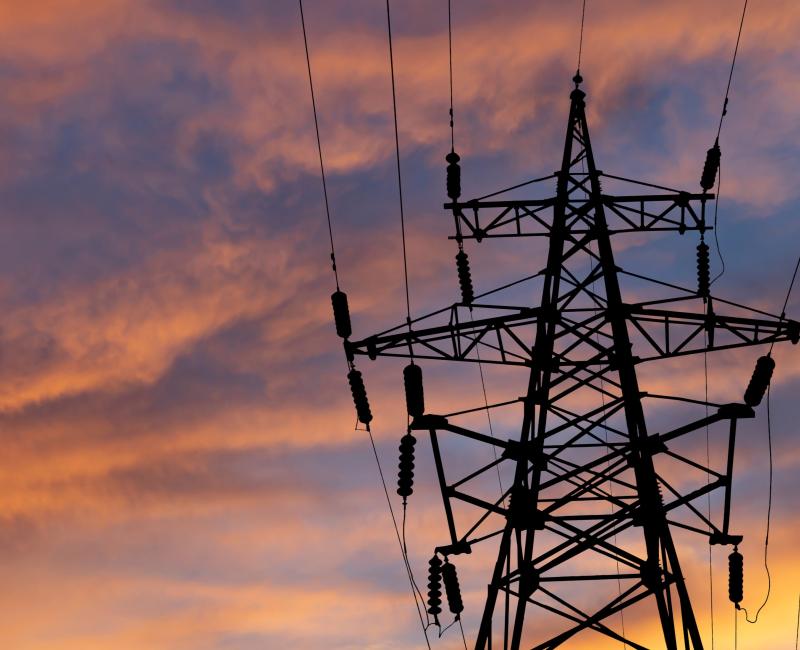
On 24 October 2023, the National Regulatory Authorities (NRAs) of the Core capacity calculation region requested from ACER an extension of three months to agree on the Transmission System Operators’ (TSOs’) second proposed amendment to the Core day-ahead electricity capacity calculation methodology.
The Core region comprises 13 countries: Austria, Belgium, Croatia, Czech Republic, France, Germany, Hungary, Luxembourg, the Netherlands, Poland, Romania, Slovakia and Slovenia.
The day-ahead capacity calculation methodology describes the rules of each Capacity Calculation Region (CCR) on how to calculate the amount of capacity available for trading between bidding zones at day-ahead market time frame.
The TSOs’ proposal suggests an implementation of the Advanced Hybrid Coupling (AHC) aiming at reducing the volume of unscheduled allocated flows on the Critical Network Elements with Contingencies (CNECs) of the Core CCR. These unscheduled flows result from electricity exchanges on the bidding zone borders of adjacent CCRs.
ACER intends to act promptly on this request, aiming to reach a decision by mid-December.
Access the Public notice.
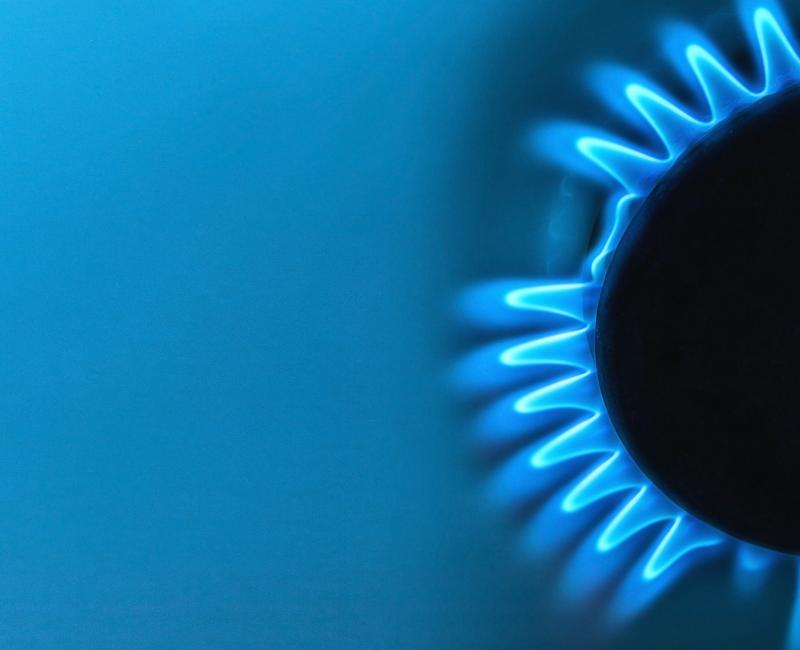
Today the annual report monitoring the internal gas market in 2022 and 2023 is published.
This ACER-CEER report provides an overview of the latest developments in European gas markets and examines the drivers of the gas price spikes in summer 2022. The report draws lessons from the crisis and identifies forward-looking implications to offer strategic perspective for policy makers to make the market more resilient.
Also today, the European Securities and Markets Authority (ESMA) publishes its report examining the development of gas trading activity in summer 2022. ESMA analyses reveal a well-maintained trading activity despite a more challenging trading environment.
Access the ACER-CEER European gas market trends and price drivers report.
Dive into ACER’s interactive dashboard and explore the evolution of price and demand supply metrics for the period 2015 to 2023.
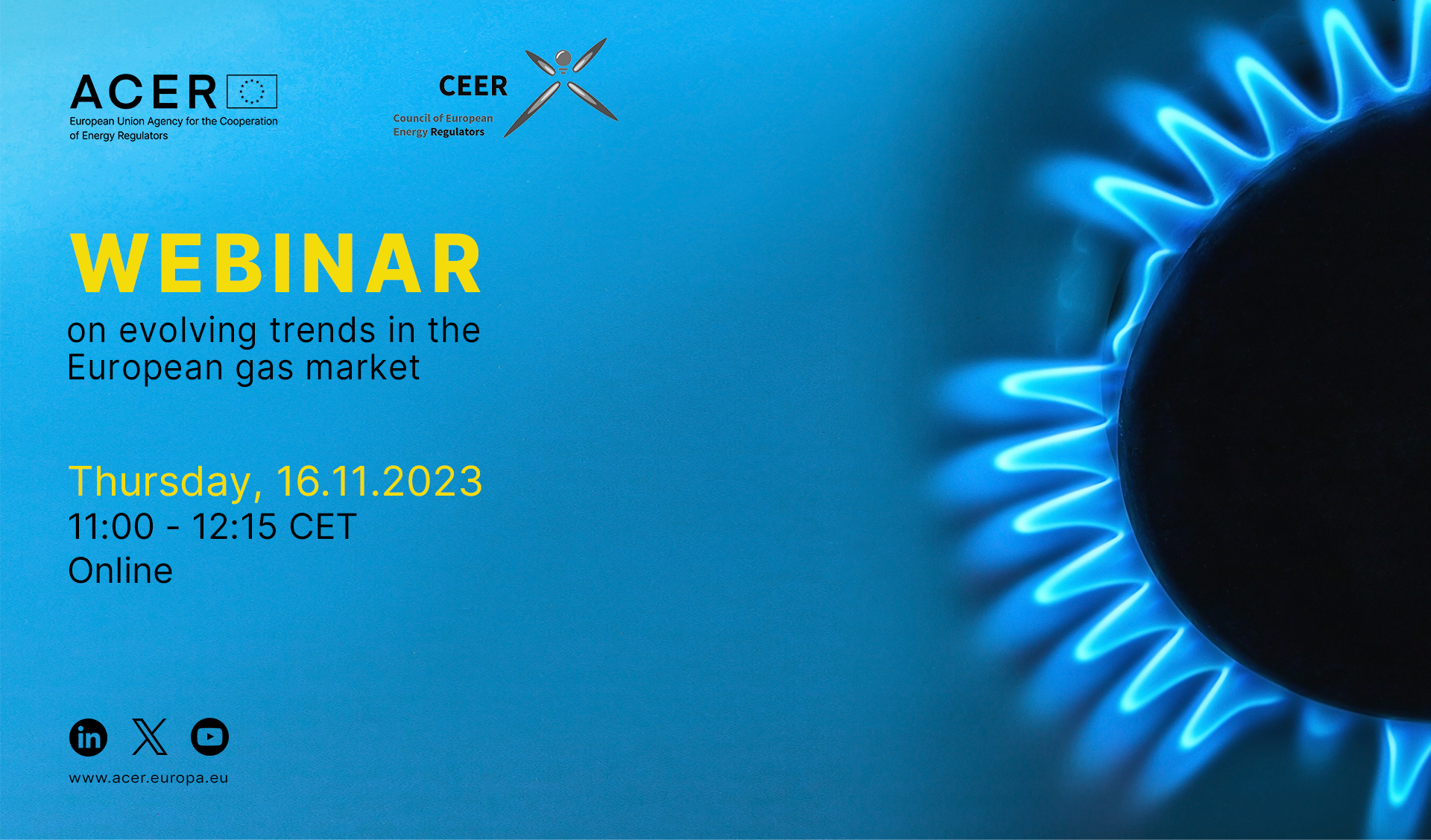

ACER is seeking for applicants to join two new expert groups which will be established to advise and contribute to ACER’s work under REMIT. The expert groups will seek to build on the good experience of previous REMIT expert groups organised by ACER.
The expert group on wholesale energy market integrity and transparency will advise on REMIT surveillance, conduct, integrity, and transparency (including assessing the obligation to disclose inside information); as well as on how other EU legislation, or new technologies, could impact energy trading and the functioning of the internal energy market.
The expert group on wholesale energy market data reporting will contribute to improving data collection, in particular how market participants can better comply with the data reporting requirements foreseen by the regulation.
We are seeking for a diverse group of experts with experience in wholesale energy market integrity and transparency, trading, and reporting of REMIT data. We will also be seeking to ensure representation of the stakeholders impacted by the work of ACER (e.g. market participants, organised markets and other persons professionally arranging transactions, Registered Reporting Mechanisms, Inside Information Platforms, etc.).
To apply, please follow the instructions in the Open Letters and make sure you fulfil all the application criteria.
Deadline to apply is Monday 20 November 2023.
Access the Open Letter on the establishment of an expert group on wholesale energy market integrity and transparency and the Open Letter on the establishment of an expert group on wholesale energy market data reporting.

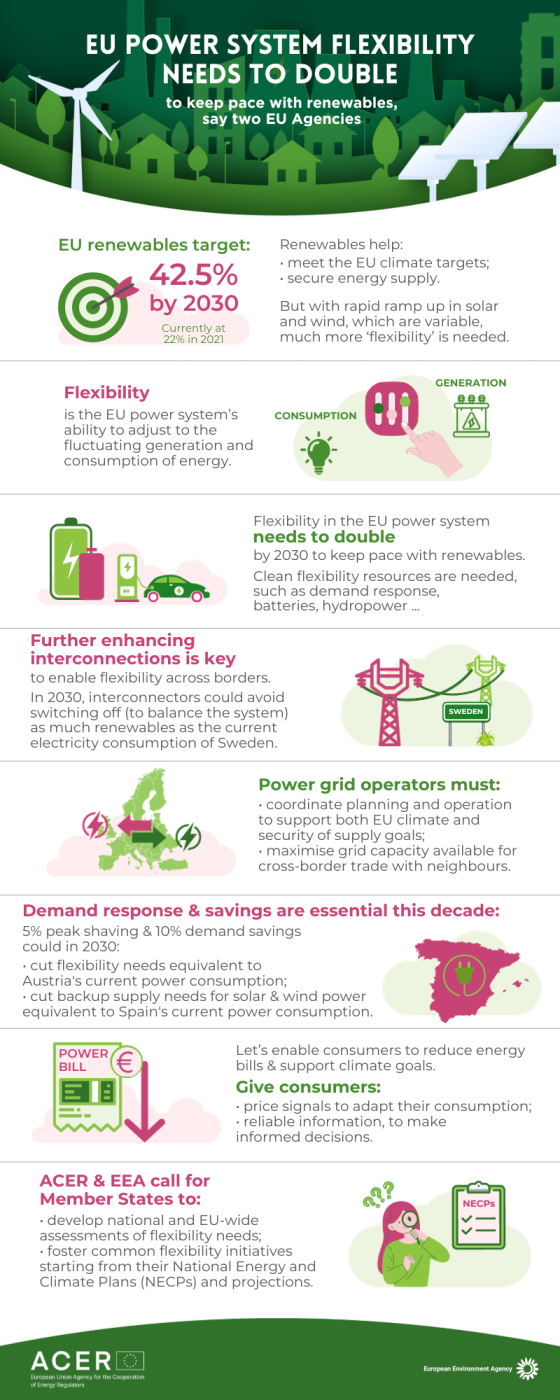
EU Member States need to massively ramp up their renewable power capacity in the coming years. This increase in renewables from variable sources, such as wind and solar, will also increase the need for ‘flexibility’ in the EU electricity system. A joint report released today by two EU agencies, EEA and ACER, demonstrates how Member States could exploit collaboration synergies to unlock flexibility and enhance energy security while contributing to long-term climate neutrality. Key levers include better cross-border planning and forecasting, enhanced use of interconnectors as well as financial incentives and reliable information for electricity consumers to adapt demand when needed.
With the EU 2030 renewables target of 42.5% (compared with 22% in 2021), this decade will see an accelerated decarbonisation of EU electricity supply. A joint report by the EU Agency for the Cooperation of Energy Regulators (ACER) and the European Environment Agency (EEA) underlines the need to double the 'flexibility' of Europe’s power system to keep pace with the growth in renewables from variable sources, such as wind and solar.
Flexibility is the power system’s ability to adjust to the fluctuating generation and consumption of energy. Flexibility can be provided in different timeframes, such as days, weeks or seasons and by different technologies. Currently, peak generation gas plants provide much of the flexibility but with the clean energy transition, other types of flexibility resources are needed from both the demand and supply side. Meeting the flexibility challenge facilitates the deployment of renewables and brings benefits to European Member States and consumers.
The ACER-EEA report 'Flexibility solutions to support a decarbonised and secure EU electricity system' is presented by the EU Agencies at today’s (20th October) meeting of Member States’ Energy Director Generals in Madrid, under the Spanish Presidency of the Council of the EU.
Today's joint ACER-EEA report highlights demand response as a key flexibility solution. In December 2023, ACER will publish a report on barriers to demand response that should help Member States unlock its potential.